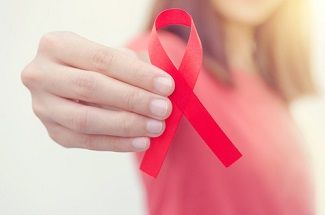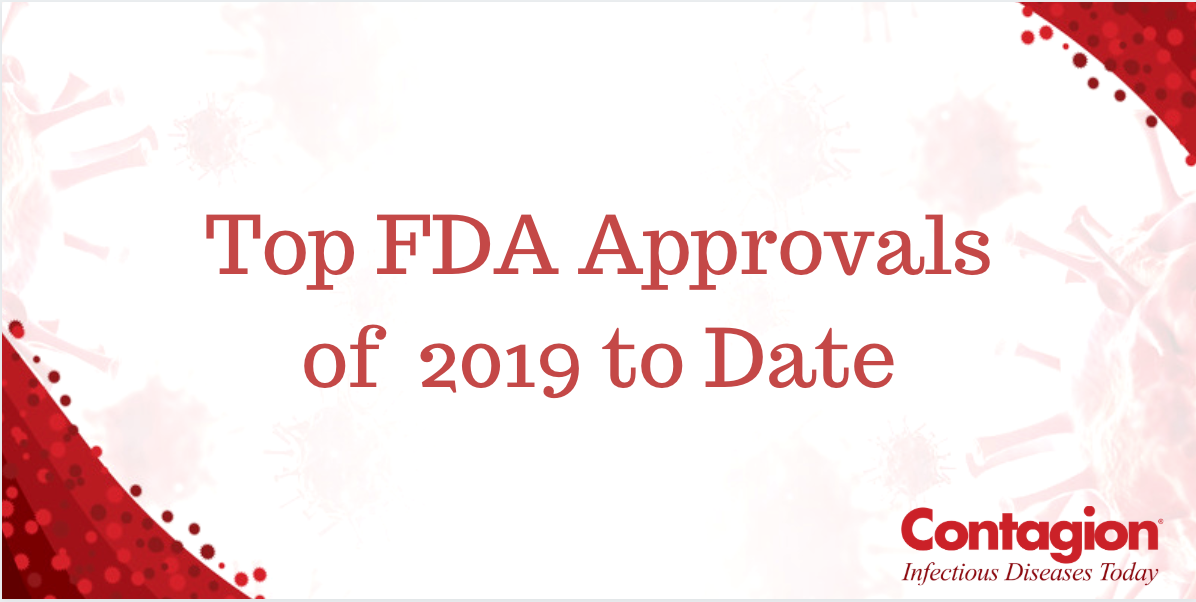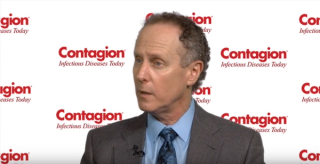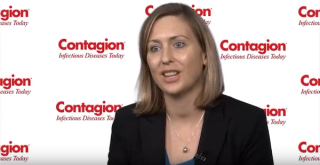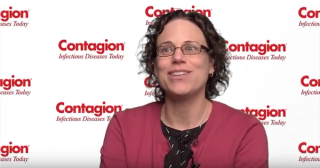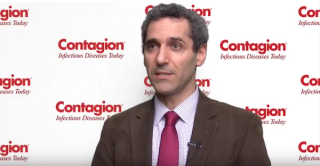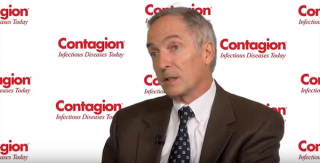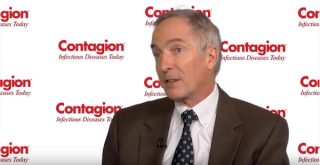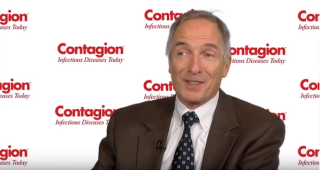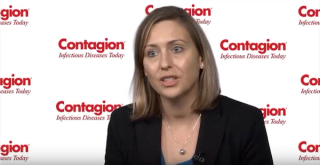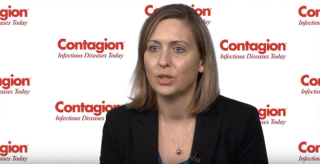
HIV / AIDS
Latest News
Latest Videos

More News
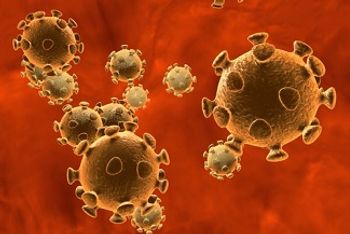
Advances in treatment mean people are living longer than ever with HIV—but the flip side is an increased risk of certain diseases, especially ones related to aging.
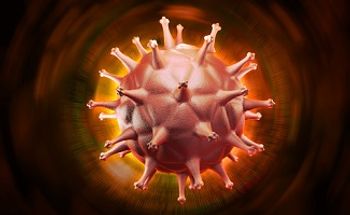
The study has achieved its primary objective, demonstrating that administration every 8 weeks is as effective in maintaining viral suppression compared with monthly administration.

Transitioning from a child born with HIV into an adult living with HIV often means less adherence to antiretroviral medication therapies and a lower level of viral suppression. A new study delves into some possible reasons why.

There has been increasing interest in the association between neural tube defects, dolutegravir, and integrase inhibitors as a class since 4 cases were reported in 2018.
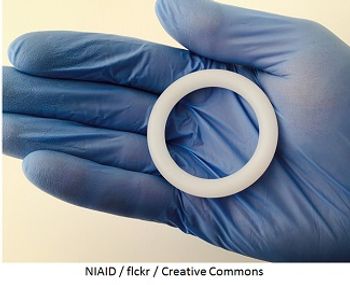
Research on a tenofovir disoproxil fumarate intravaginal ring for PrEP hit a hurdle when 8 of 12 women unexpectedly developed vaginal ulcers.

The committee voted 16 to 2 to recommend F/TAF for PrEP based upon data from the phase 3 DISCOVER study, which evaluated F/TAF in comparison with F/TDF.

A novel NNRTI hits the market, but what place will it have in treatment?
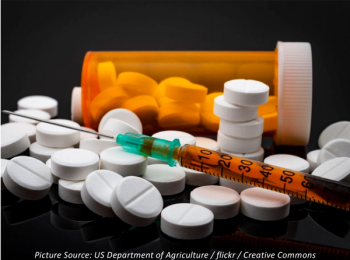
Some rural counties with historically low rates of HIV infection are now experiencing increased risks for HIV transmission of the virus and do not have the infrastructure or resources to respond appropriately.
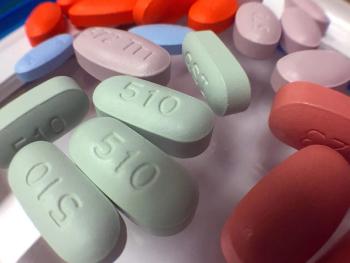
Initiating and adhering to ART is a difficult task for a significant number of people living with HIV. A new study shows that making a concerted effort to find and encourage this population to get the care they need is not an impossible dream.
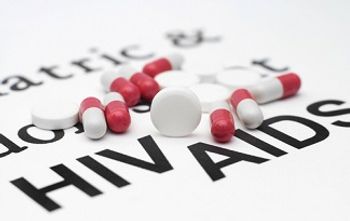
The percentage of participants who achieved HIV-1 RNA< 50 copies/mL in the 0.25 mg, 0.75 mg, 2.25 mg MK-8591 dose groups was 89.7%, 90.0%, and 77.4%, respectively, at week 48.

Providers’ communication styles and level of knowledge about HIV have a significant impact on whether patients begin and remain in treatment.
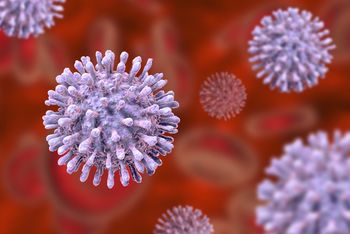
At week 48, 83.8% of participants in the TAF/FTC/DTG arm had HIV RNA < 50 copies/mL, 84.9% for TDF/FTC/DTG and 78.6% for TDF/FTC/EFV.

The final results of HOPE, a phase 3 open-label extension trial, show high uptake and lower-than-anticipated HIV-1 incidence.
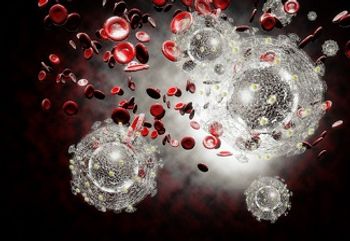
The discovery of dendritic cells known as CD11c+ offers a pathway to understanding the mechanism behind HIV transmission and how to halt it.
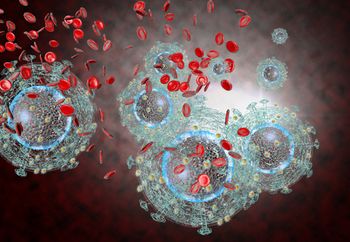
New results indicate that the study met its primary end point for non-inferiority based on the proportion of participants with plasma HIV-1 RNA > 50 copies per mL at week 48.
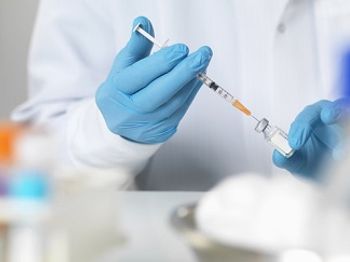
The investigators observed durable humoral immune responses over 2 years with a response rate of 100% in participants receiving the Ad26.Mos.HIV, gp140HD vaccine regimen.
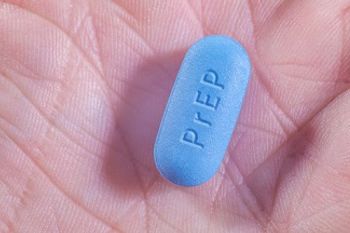
With 1329.6 person-years of PrEP use accumulated, early continuation was achieved by 79.8% of participants.
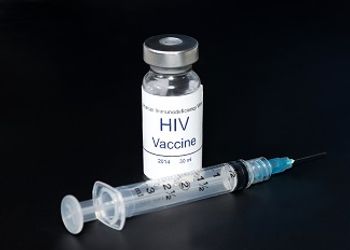
The phase 2a study compares a bivalent combination of Clade C and Mosaic gp140 with a single-valent Clade C gp140.
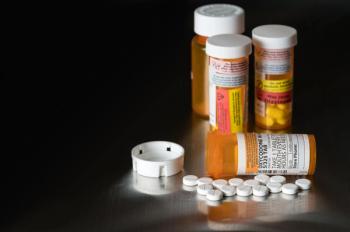
Providers who received the intervention materials had higher satisfaction and confidence in prescribing chronic opioid therapy than their colleagues who did not.
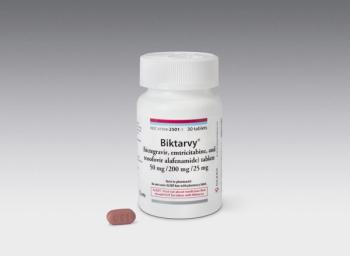
Two phase 3 studies presented at IAS 2019 evaluated a switch to B/F/TAF among individuals virologically suppressed on other HIV treatment regimens.

A handful of new studies weighing the risks and benefits of ART regimens containing dolutegravir have triggered new recommendations from the WHO.
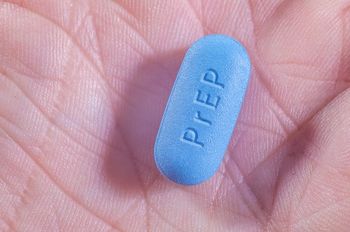
The team assessed program engagement, medication refills, and self-reported 3-day adherence over 72 weeks, among the individuals who initiated PrEP.

The difference between NTD prevalence with dolutegravir and non-dolutegravir antiretrovirals from conception was small, but significant at 0.20% difference (95%CI 0.01%, 0.59%).
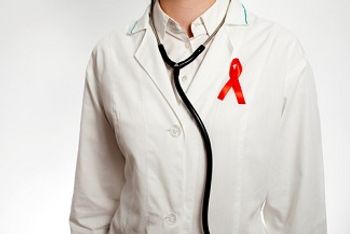
Global HIV/AIDS data from 2018 reveals that some countries are making tremendous strides towards the 2020 targets, while others are still seeing a rise in new HIV cases and AIDS-related deaths.

Investigators detected HIV DNA in the cerebrospinal fluid of 48% of participants, which was linked to worse neurocognitive outcomes.
